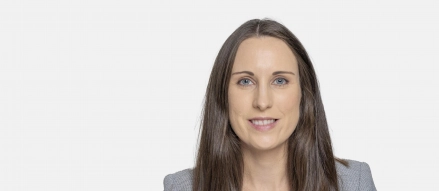
How insurers can steady the ship in the rough sea of claims
Large and small insurers are inherently exposed to the same types of claims experiences. For example, in the current environment, claims or patterns of claims are still arising from the Covid-19 pandemic, the fallout of business complications as a result of Brexit, and even the knock-on effects of the blockage of the Suez Canal towards the end of last year.
Risks emerging from Brexit, such as slowdowns or breakdowns in the supply chain, could have been anticipated to some extent. However, something like Covid-19 or the blockage of the Suez Canal is much harder to forecast. The skills or knowledge to fully understand the impact of these unusual events may sit outside the teams traditionally tasked with estimating the impact on the business.
All departments are affected
No matter who has the job of predicting and monitoring risk, all departments and staff across the business will be affected by emerging risk events – underwriters, claims handlers, actuaries and compliance personnel. This can lead to pockets within an insurance company, each of which focuses on its own area of expertise. Yet how each reacts and the way in which different departments communicate and collaborate about these issues, will have a significant impact not just on the company itself, but also on its customers.
However, when it comes to accessing a wider pool of data and information to better understand the impact that various claims experiences will have on the business, there are some fundamental differences between the larger and smaller insurers.
Differences between large and small insurers
Large insurers, by virtue of having greater resources, will be more likely to access the expertise and data they need to analyse high levels of claim and risk already in-house. Large insurers may simply find it harder to foster open communication and underestimate the benefits of helping teams work more efficiently by increasing collaboration.
Alternatively, relevant and useful information could be sitting within legacy or multiple systems that have not historically worked together, causing a layer of difficulty to communicate effectively within and between departments.
External opinions and advice can help
For smaller firms, the lower number of employees may mean there is less resource available to access the relevant information or in-house expertise that can be mined to help the firm understand and mitigate the impact of such a varied series of claims in a relatively short space of time. For these firms, finding useful and effective external sources of data, information and business expertise is even more important to ensure staff across various departments can appreciate the impact of risk exposure the insurer faces as a whole.
It is useful for small insurers to use forums and committees set up with their peers, such as Lloyd’s forums or and the Lloyd’s Market Association (LMA) Exposure Working Group and the Operational Resilience Group to help them understand further the risks faced by the market as well as exchanging best practice solutions. This knowledge can help mitigate risks to the business, while ensuring the customer experience is fair and can provide a better outcome for all.
All organisations can benefit from exploring risk areas that their portfolios expose them to now, but that are also likely to impact in the next six to 12 months. This is especially important for future planning if there is simply insufficient expertise in a particular area in-house.
Insurers of all sizes share the same fundamental needs – to reduce the risks they face and to provide a fair and consistent application of policies that provides good customer outcomes.
What can be done
Small insurers need access to more market information in changing environments quickly to be able to understand the impact on the different areas within the business. Large insurers need effective ways to share information between different professionals, which go beyond more established channels to gain a full understanding of all aspects of risk. Whether it’s internally collaborating, or seeking external guidance, it is essential that a robust communication strategy forms the bedrock of your firm’s preparations for the years ahead.



